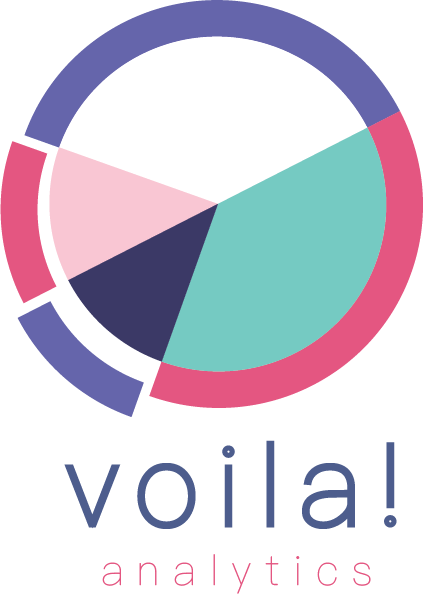Web-Analytics is the process of tracking, collecting, and analyzing web data with the intent to use it as a part of the business decision-making process. In general, the web analytics implementation process includes five key steps; KPI definition, tag implementation, data-collection, analysis, and reporting.
KPIs definition processes usually include getting the business side in defining key permanence indicators that stakeholders would need in order to make informed business decisions. After meeting with the business side the implementation teams would then device a tagging strategy mapping with key business objectives. KPIa are an essential component of analytics and business measurement, including metrics, dimensions, segmentation, and reporting mechanisms.
Key Components of web-analytics:
Tag Implementation:
Web-analytics tagging is usually a process of strategically placing tracking scripts on the DOM to record user behavior data. Tracking scripts could be placed directly on the site code or a tag management system could be used to inject tagging scripts to website code. Tagging is a very important component of analytics because the quality of analytics reports are usually the direct result of the implementation.
Data Collection:
Web data is usually collected and sent to a cloud server solution where it is stored to be used in a later time for reporting, dashboard, or data visualization. Analytics data is usually stored within data analytics tools, such as Google-Analytics, Adobe-Analytics , At-Internet and many others. However, some of the analytics are used not only to store data but to also generate reports and dashboard, and provide many other reporting solutions.
Data Analysis:
Data analysis is the process of analyzing data with intent to uncover trends, patterns, anomalies, and contextualizing findings in alignment with business objectives. Hence, the process of data analysis varies from company to company, business to business, organization to organization and analyst to analyst. Common trends found with analysis in one capacity or another include the use of the following;Excel, SQL, Java-Script.
And now, some analysts are beginning to incorporate Python as a part of their data analytics processes. Findings from data analysis tend to be used to support business decision making.
Reporting:
Reports is how analysts relay information and make sense of the data collected by web-analytics tools. Although some of the web analytics tools provide default reports, many of the out of the box reports are limited. Hence, analysts are usually relied upon to device reports tailored to specific business cases and objectives. Data from analytics tools could also be used to generate custom dashboards and data visualization to communicate KPIs.
Voila Analytics
